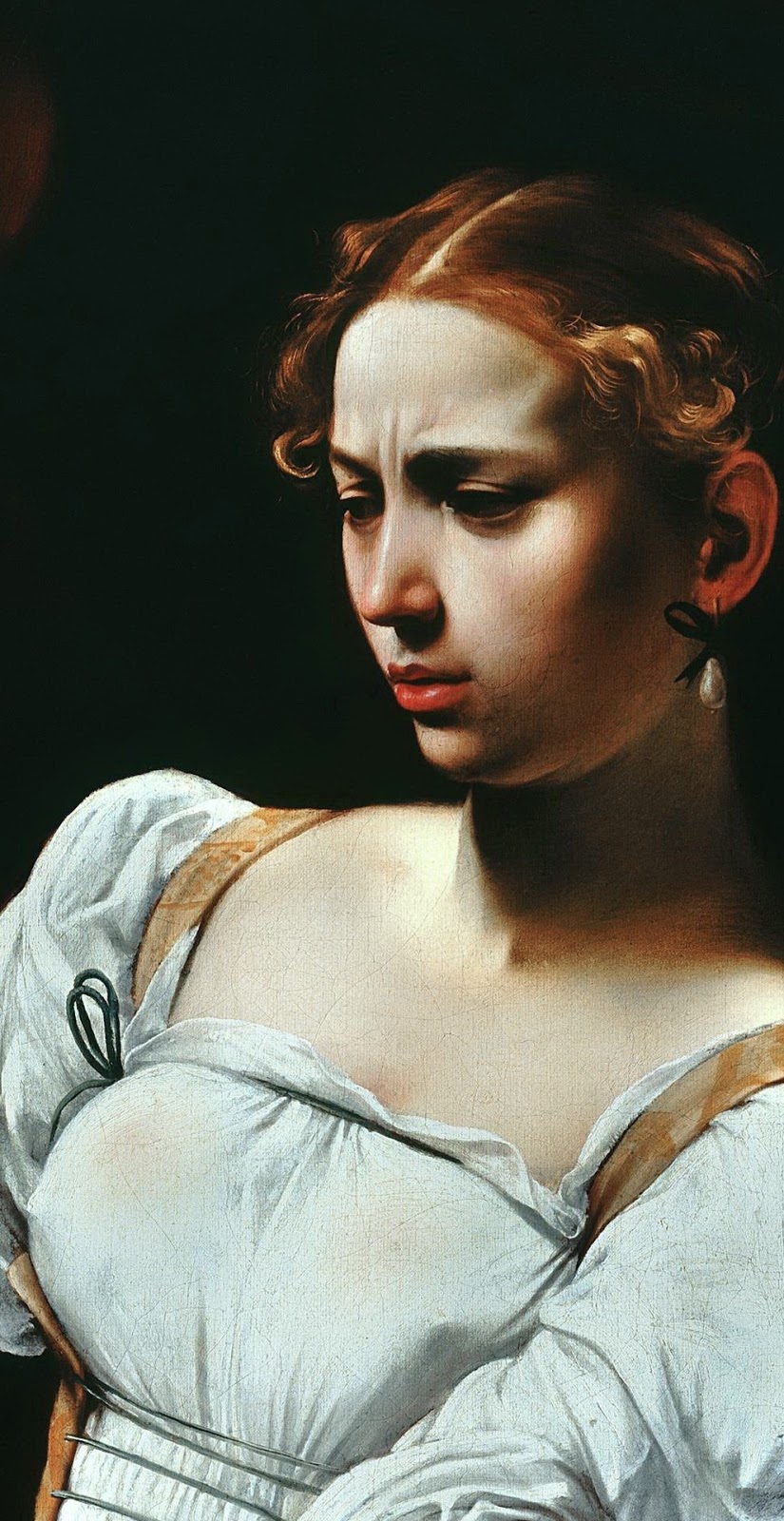Exploring The Enigmatic World Of Caravaggio Portraits
Caravaggio portraits have captivated art enthusiasts and historians alike for centuries. The profound intensity and dramatic realism in his works not only showcase the artist's exceptional talent but also reflect the complexities of human emotion. Renowned for his unique use of chiaroscuro, Caravaggio's portraits often convey a sense of immediacy and rawness that resonates with viewers on a deep level. His approach to painting was revolutionary, marking a significant departure from the idealized representations of the time.
As we delve into the world of Caravaggio portraits, we uncover the stories behind his most famous works and the individuals who inspired them. Each portrait is a window into the artist's psyche and the socio-political context of 17th-century Italy. The characters he chose to immortalize, from the humble to the highborn, are imbued with a sense of individuality that challenges the viewer to reconsider their perceptions of beauty and virtue.
In this exploration, we will not only discuss the techniques and themes prevalent in Caravaggio's portraits but also examine his life, influences, and legacy. By understanding the man behind the brush, we can appreciate the depth of emotion and intention that permeates each piece. Join us on this journey through time as we unravel the mysteries of Caravaggio's captivating portraits.
Who Was Caravaggio?
Michelangelo Merisi da Caravaggio, commonly known as Caravaggio, was an Italian Baroque painter born on September 29, 1571, in Milan. His life was as tumultuous as his art, marked by a series of personal struggles that shaped his career and inspired his groundbreaking works. Despite his short life, which ended on July 18, 1610, Caravaggio left an indelible mark on the art world, influencing generations of artists with his innovative techniques and dramatic compositions. His portraits, in particular, are celebrated for their intense emotional depth and realism.
What Are the Key Characteristics of Caravaggio Portraits?
Caravaggio's portraits are characterized by several distinctive features:
- Chiaroscuro: The use of strong contrasts between light and shadow creates a dramatic effect, drawing the viewer's attention to the subjects.
- Realism: Caravaggio portrayed his subjects with an unflinching honesty, often depicting them in mundane settings and clothing, which added to the authenticity of the work.
- Emotional Intensity: His subjects often exhibit a range of emotions, from joy to despair, creating a powerful connection with the viewer.
- Dynamic Composition: Caravaggio’s use of movement and composition often gives a sense of spontaneity, as if the scene is unfolding in real-time.
Which Portraits Are Considered Caravaggio's Masterpieces?
Some of Caravaggio's most renowned portraits include:
- The Boy with a Basket of Fruit - A vibrant portrayal of youth and vitality.
- Judith Beheading Holofernes - A dramatic scene capturing the moment of triumph.
- Saint Jerome in His Study - An introspective depiction of the early Christian scholar.
- Self-Portrait as Bacchus - A bold representation of the god of wine, infused with Caravaggio's personal identity.
What Influenced Caravaggio's Unique Style?
Caravaggio's style was influenced by various factors, including:
- Renaissance Art: The techniques of earlier Renaissance masters, particularly in the use of perspective and human anatomy, laid the groundwork for his work.
- Personal Experiences: His tumultuous life experiences, including his involvement in street brawls and run-ins with the law, provided him with a wealth of emotional material to draw from.
- Religious Context: The Counter-Reformation period was pivotal, as Caravaggio's religious themes resonated with the church's desire for art that conveyed spiritual truths.
How Did Caravaggio's Life Impact His Art?
The tumultuous nature of Caravaggio's life is often reflected in his art. His struggles with violence and the law contributed to the raw emotionality evident in his portraits. Caravaggio was known for his rebellious spirit, which often placed him at odds with societal norms. This defiance is palpable in his works, where he frequently depicted morally ambiguous characters and situations. His personal experiences informed his understanding of the human condition, allowing him to portray a wide spectrum of emotions with incredible depth.
What Is the Legacy of Caravaggio's Portraits?
Caravaggio's legacy is profound and lasting. His innovative use of light and shadow, combined with his commitment to realistic portrayals, paved the way for future art movements, including Baroque and Realism. His influence can be seen in the works of later artists, such as Rembrandt and Velázquez, who adopted and adapted his techniques. The emotional intensity and dramatic narratives of Caravaggio's portraits continue to resonate with modern audiences, affirming his status as one of the most important figures in art history.
What Can We Learn From Caravaggio's Portraits Today?
Caravaggio's portraits offer valuable insights into the human experience. They remind us of the complexity of emotions and the importance of authenticity in art. In a world increasingly dominated by idealized representations, Caravaggio's commitment to realism serves as a powerful reminder of the beauty found in imperfection. His ability to capture the essence of his subjects encourages contemporary artists to explore their own emotional landscapes and to connect with their audiences on a deeper level.
Conclusion: The Enduring Allure of Caravaggio Portraits
In conclusion, Caravaggio portraits remain a testament to the artist's extraordinary talent and the emotional depth of his work. Through his innovative techniques and unwavering commitment to realism, Caravaggio transformed the landscape of portraiture in the art world. His legacy endures, inspiring countless artists and captivating audiences with the raw beauty and complexity of the human experience. As we continue to explore and appreciate Caravaggio's masterpieces, we are reminded of the power of art to evoke emotion, challenge perceptions, and connect us to our shared humanity.
Exploring The Charismatic Journey Of Salma Hayek
Discovering The Thrill Of Gran Turismo: A Journey Through Speed And Precision
Unveiling The Mysteries: Who Is/Was The Enigmatic Figure?


